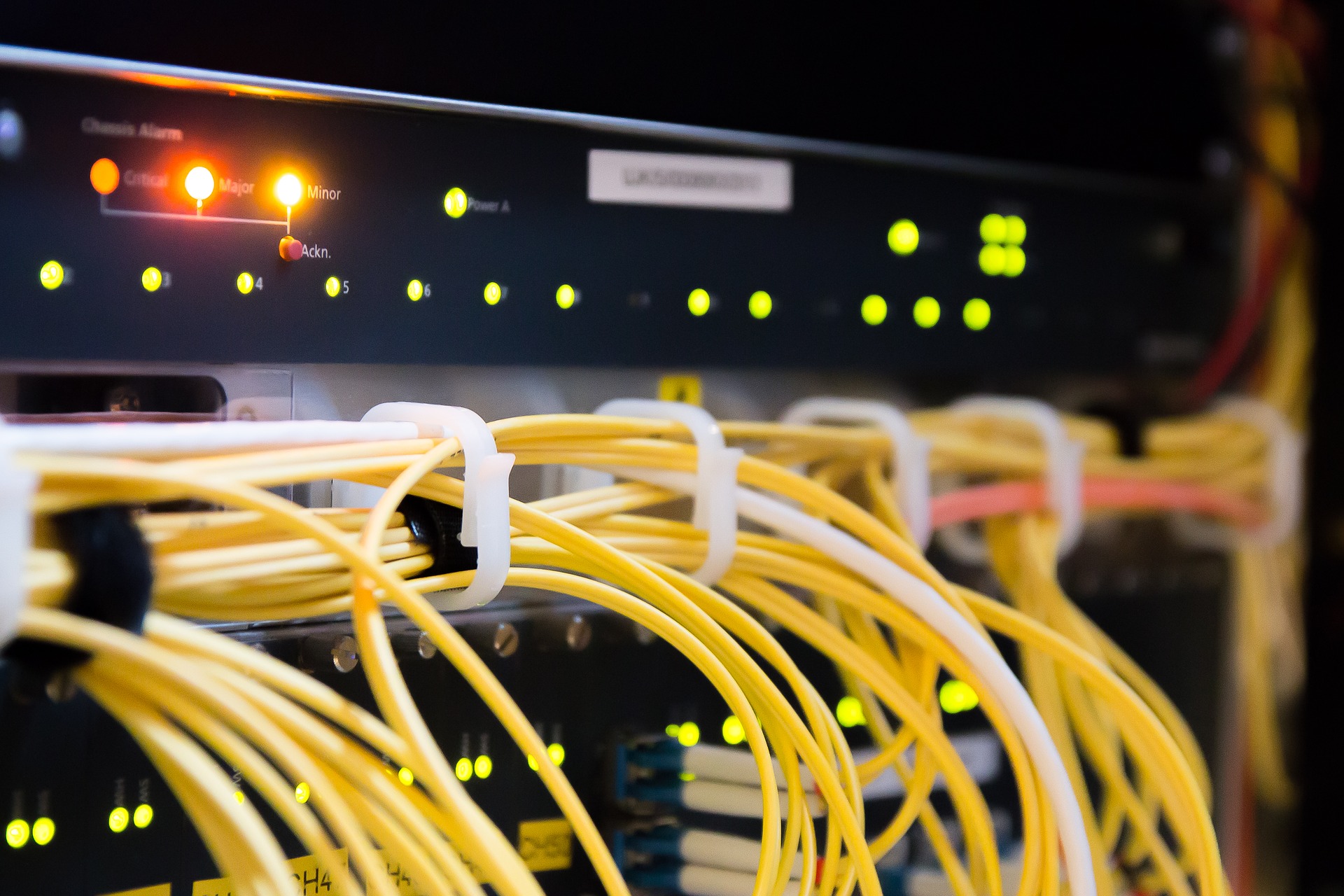The ideal setup for your IT Systems
In this blog, I will set out the ideal setup for your business IT systems. It represents current best practices for small and medium-sized businesses, with an ever-increasing eye on cyber security.
Initially, I thought it would be a single blog, but it turns out there is a lot to write about! I’m therefore going to publish it in a series of blog pieces. This is Part 1.
Part 1 – Server and Network Equipment
Server (On-premises) with UPS
Whether or not you need a server depends on the size of your business, typically if you have 6 or more staff a server becomes something of a necessity for productivity. An on-premises server, as the name suggests, is a physical server located in your offices.
Servers provide numerous benefits:
- At a most basic level, sharing documents across your company
- Business servers assist in handling communications, database functions or hosting business applications for multiple users
- Protecting your data – once all your business data and software is on a server (instead of dispersed across desktop computers and laptops) you can deploy a backup system to protect your business from data loss.
- Running security suites to secure your network through firewalls, intrusion detection, user access management, and software updates.
- Servers tend to be used to centralise data management and file sharing, as well as managing shared resources such as printers and storage devices. They can also be used to manage things like user identities, logins to the network, access priorities and many aspects of your new system.
More information on servers is available on our website.
Server (Cloud)
There is a lot of misinformation surrounding cloud servers, I will attempt to bring some clarity to it here. A cloud-based server is still a physical server, it simply happens to be located somewhere else (ie not on your premises). Ordinarily, this would be in a data centre.
In order to access your server files etc, you need to do so over the internet (an on-premises server is accessed via your local, internal network).
Aside from that, there is very little difference to an on-premises server. So your server and network still need to be professionally maintained and managed, having a cloud server does not change that.
Hybrid Cloud (Ideal setup for your IT Systems)
Increasingly companies are adopting a hybrid server solution – both an on-premises server and a cloud server. This provides the ‘best of both worlds’ eg:
- Sensitive data can be retained on your physical server, with the added security that provides
- Data that you wish to make available to third parties or even staff working off-site can be stored in the Cloud and made available accordingly
- Software and applications that can only operate in an on-premises environment can still be used (sometimes these may be lost if the software is not cloud-compatible)
Next, I’ll review network equipment for the ideal setup for your IT Systems.
Professional grade router and modem
To complement your server, it’s important to ensure you have professional-grade networking equipment. This means your Router, switches and modem. Professional-grade equipment, as well as being better quality (and therefore longer lasting) has regular ‘firmware’ updates from the manufacturers.
These updates often bring improvements and upgrades to the network kit. Increasingly they also bring security updates as manufacturers try to keep pace with vulnerabilities to cyber-attacks.
Networked Printer(s)
Networked printers allow everyone on the network to print, copy and scan (depending on the printer features). This allows companies to reduce capital expenditure on printers. It also allows your IT Administrators to deploy firmware upgrades to the networked printers.
Centralised IT management is a key feature of professional IT management since it is more efficient and reduces downtime on IT systems.
UPS (Ideal setup for your IT Systems)
Your server should have an Uninterruptible Power Supply (UPS). As the name suggests this is a battery backup of the server. Why is it important? Well, there is nothing that servers (and computer equipment in general) like less than instant power loss. It degrades the life of the equipment, causes data loss and can cause configuration problems. A UPS allows a server to be shut-down in an orderly manner in the event of a power loss.
Modern UPS also have additional levels of sophistication, notably the ability to ‘clean’ power before it reaches your server (and any other equipment connected to the UPS). Again, computer equipment does not respond well to ‘dirty’ power. As well as compromising the ability of the equipment to operate correctly, it degrades the equipment over time.
Next Time – Ideal setup for your IT Systems
In Part 2 I will discuss the ideal PC setup.
You may also be interested in this article.





